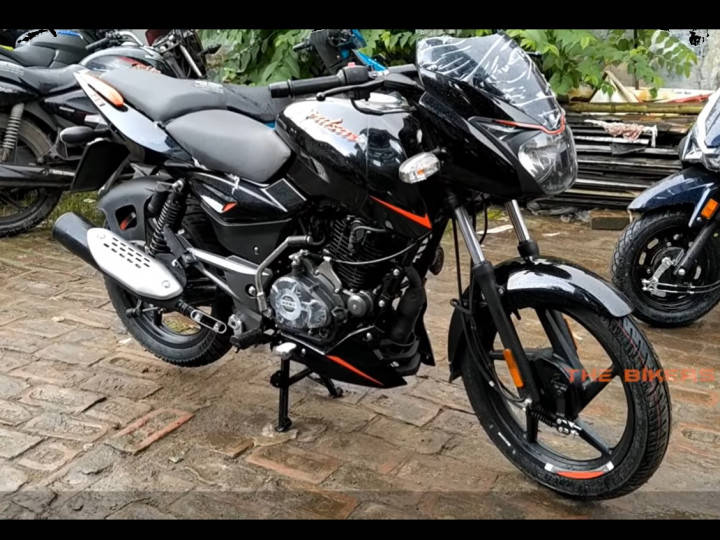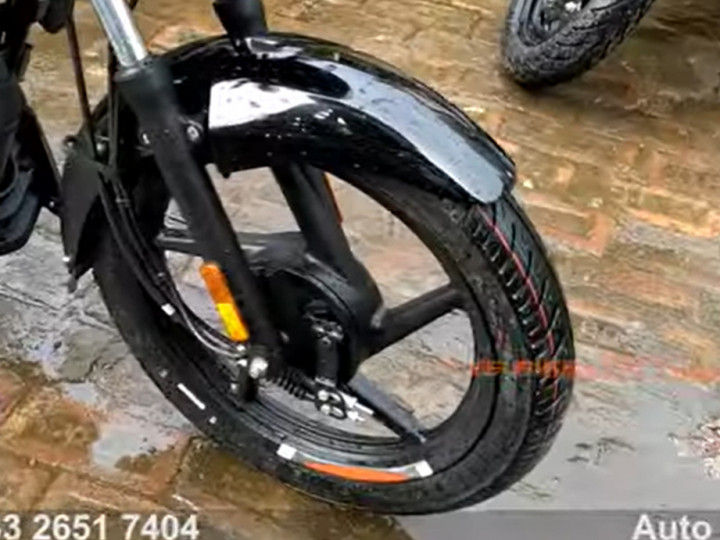- The drum brake variant costs Rs 6,944 less than the disc brake variant.
- It gets a BS6-compliant 125cc motor with an e-carb.
- No other cosmetic or mechanical changes.

The Bajaj Pulsar 125 Split Seat model gets a new drum brake variant priced at Rs 73,274. It is Rs 6,944 less than the disc brake variant priced at Rs 80,218. Other than missing out on a front disc brake, the new variant does not get any cosmetic or mechanical updates. The Bajaj Pulsar Split Seat variant is a premium alternative to the Pulsar 125 Neon with cosmetic add-ons such as a tank extension, engine cowl, split seat and split grab rail.

The new variant continues to be powered by a BS6-compliant 124.4cc air-cooled motor. It is the only motorcycle in its segment that uses an e-carb instead of fuel injection. The motor delivers 11.8PS and 10.8Nm, mated to a 5-speed gearbox. Underpinnings comprise telescopic forks and dual gas charged shock absorbers. Braking is via drum brakes at both ends with CBS.
Besides the new Pulsar 125 Split Seat variant, Bajaj has also introduced new colours for its Pulsar NS and RS range. You can check them out here.
from ZigWheels https://ift.tt/3o8pXxQ
Comments
Post a Comment